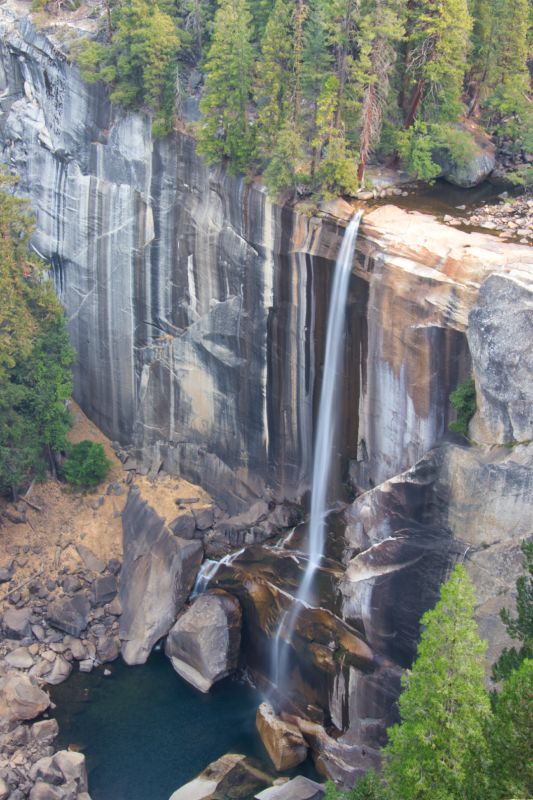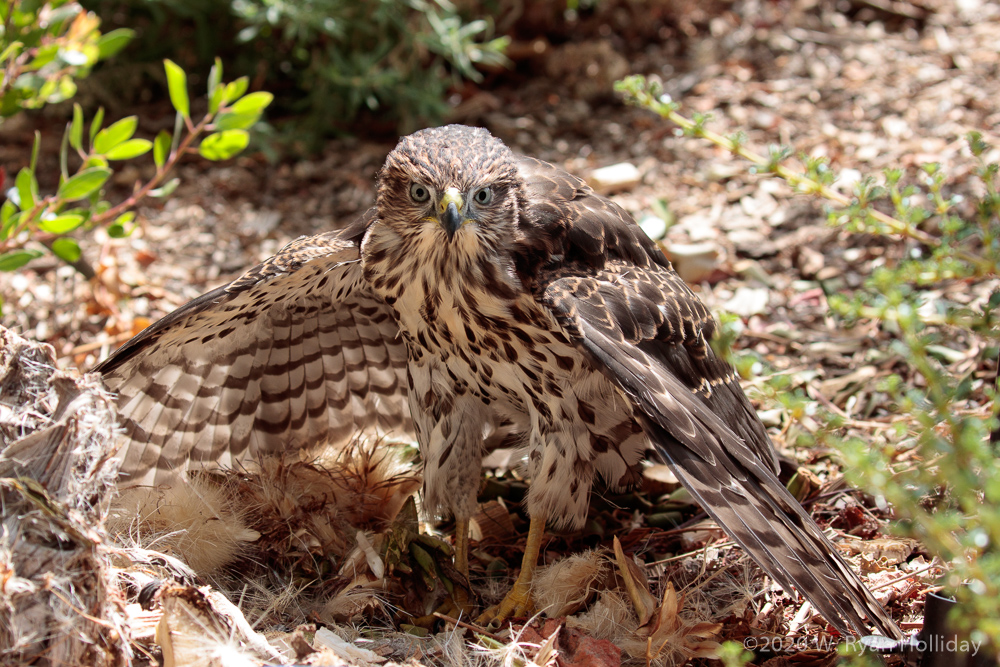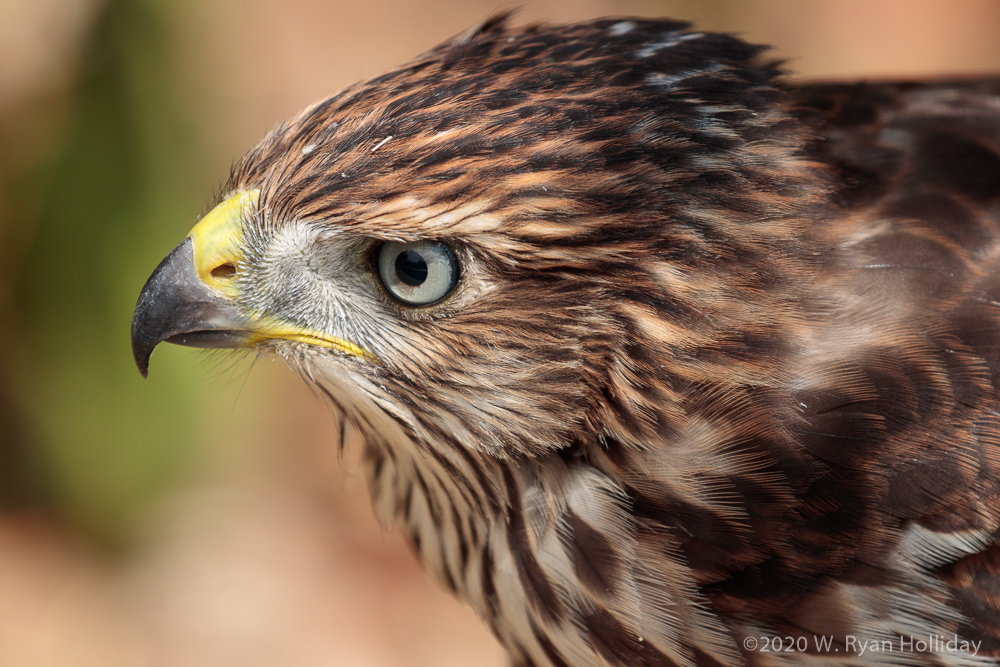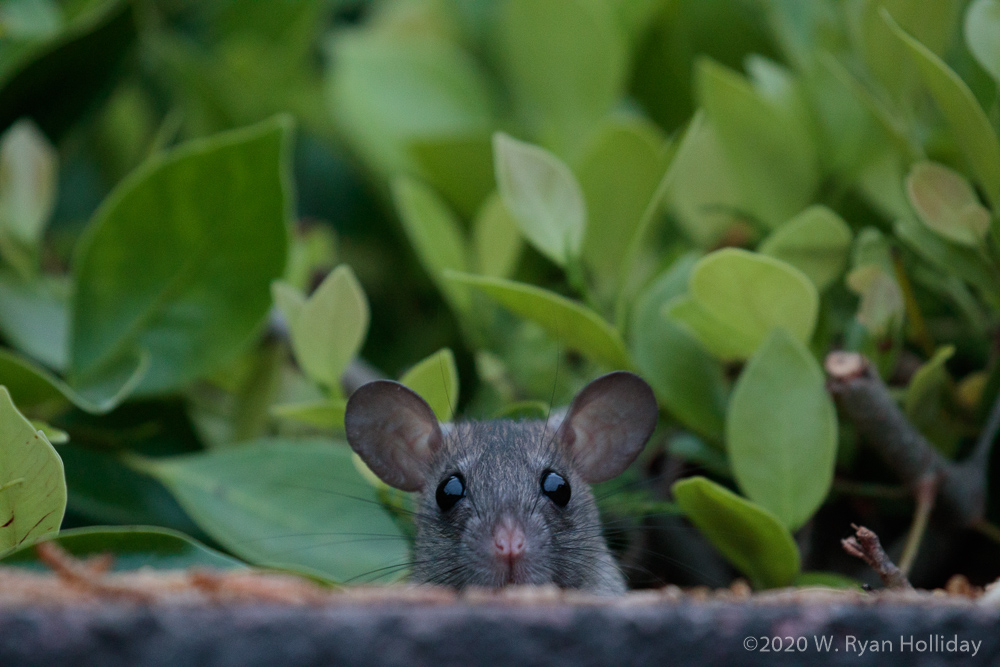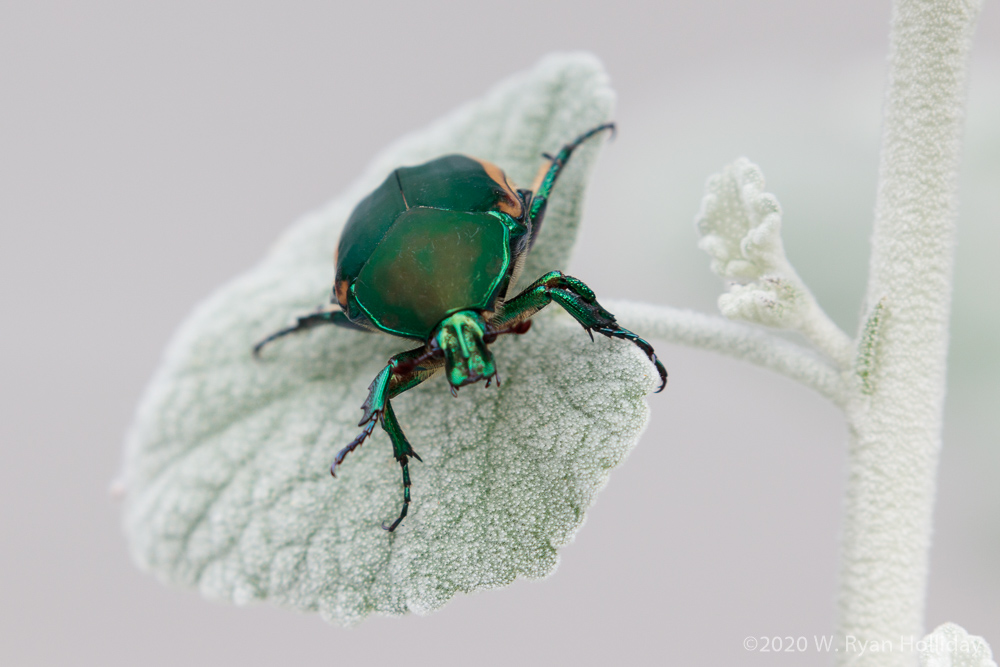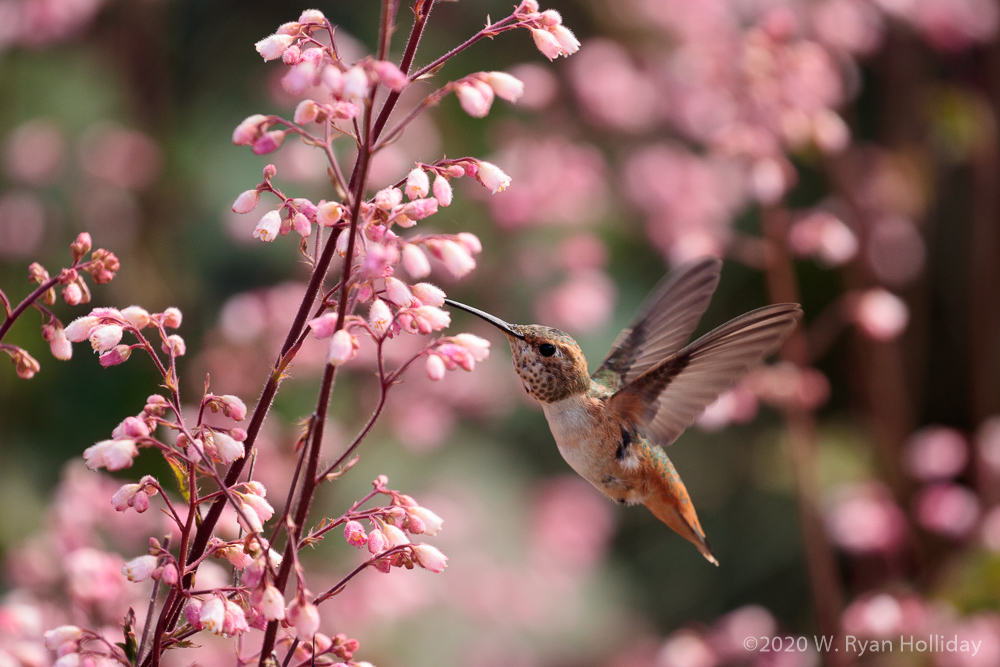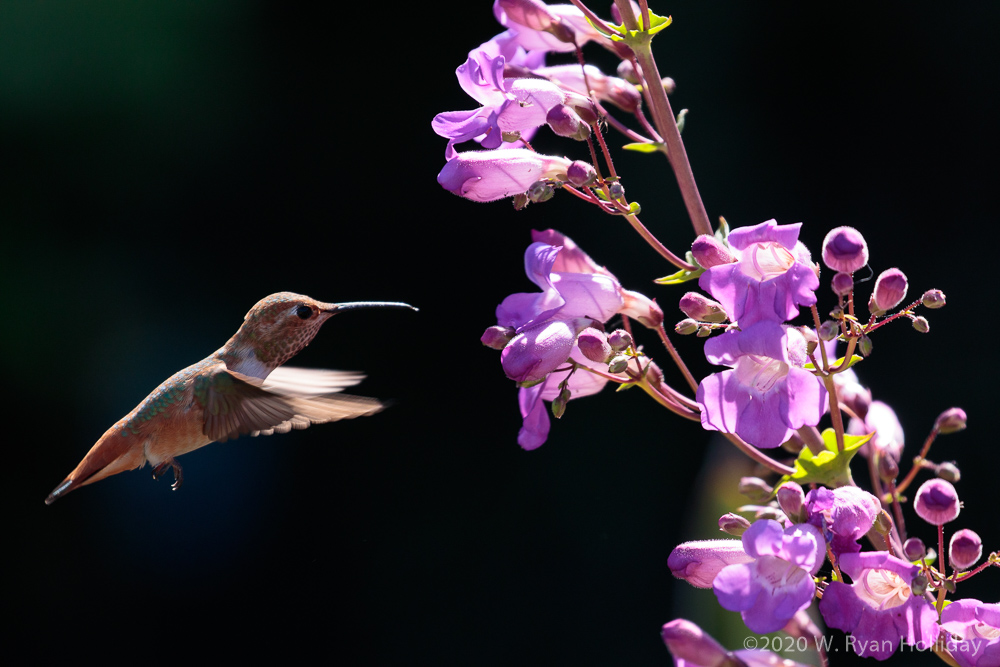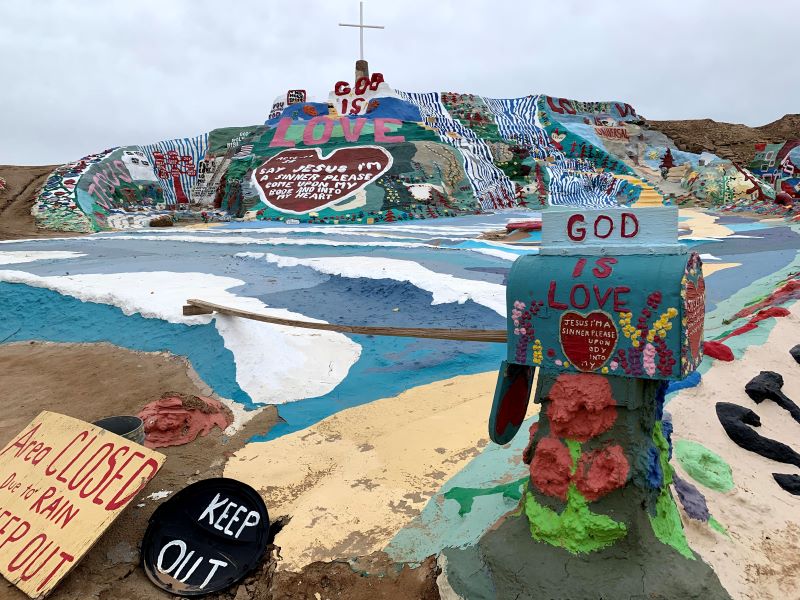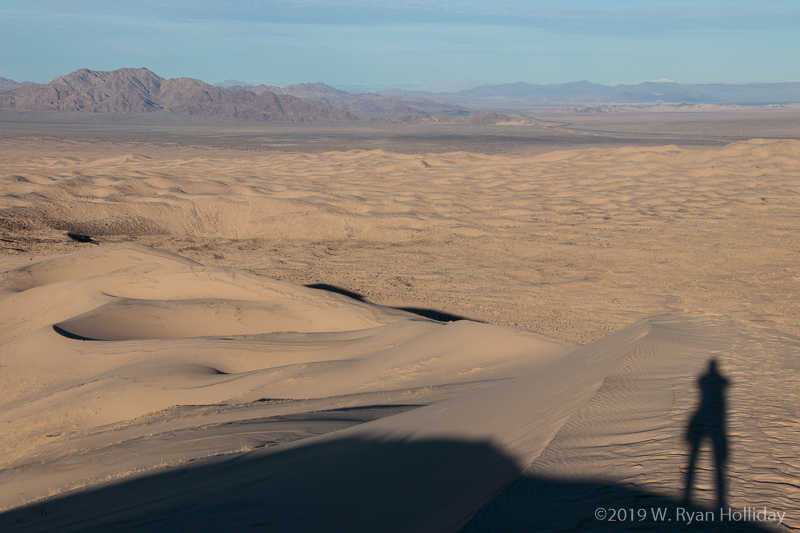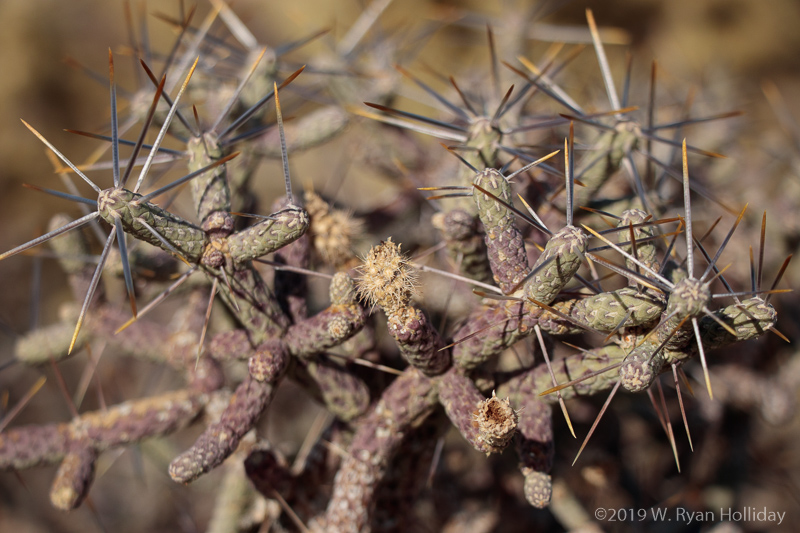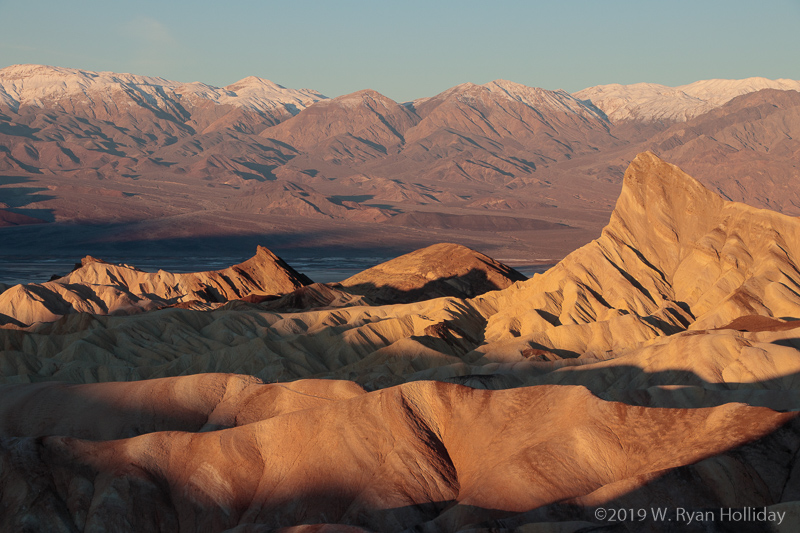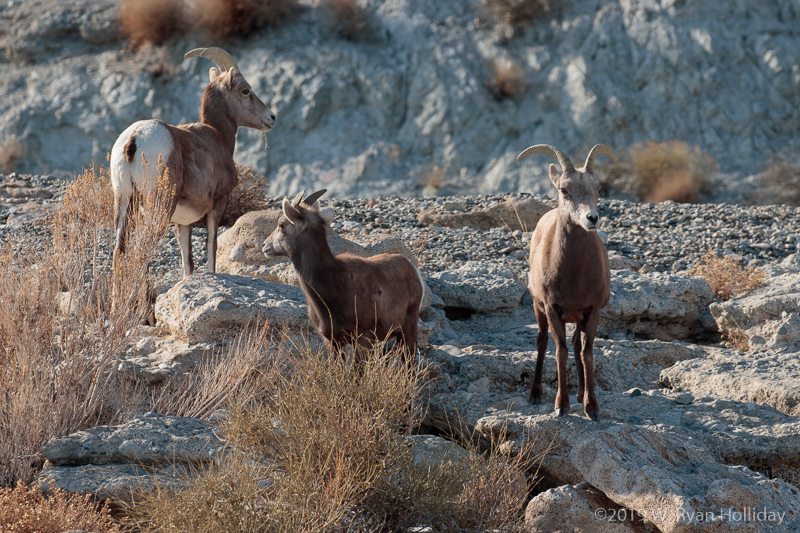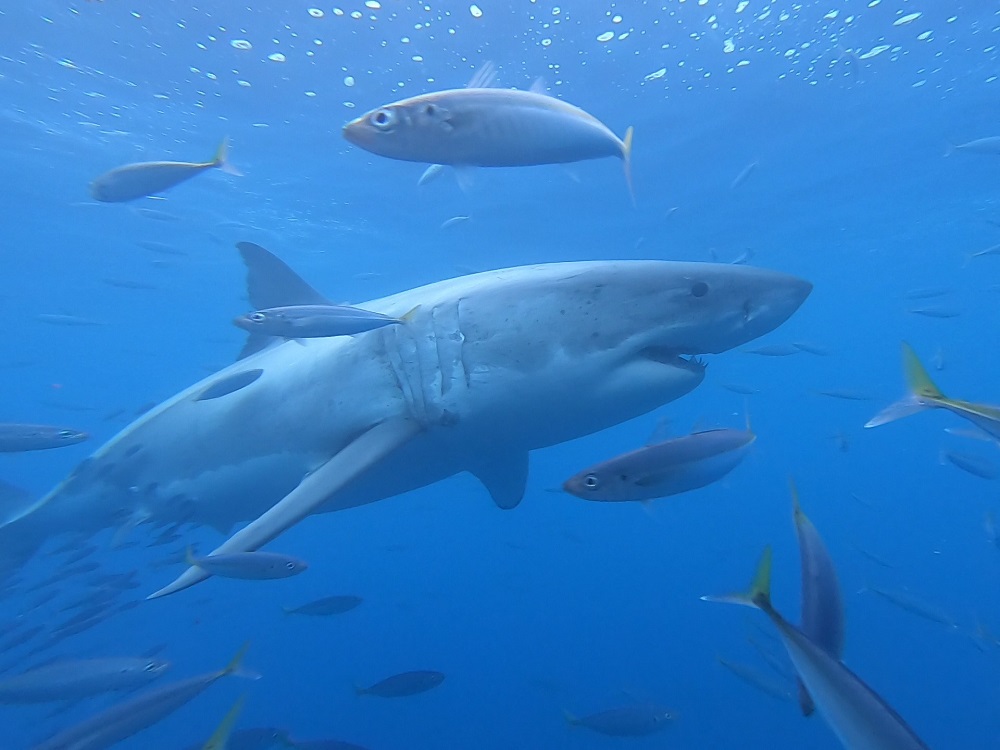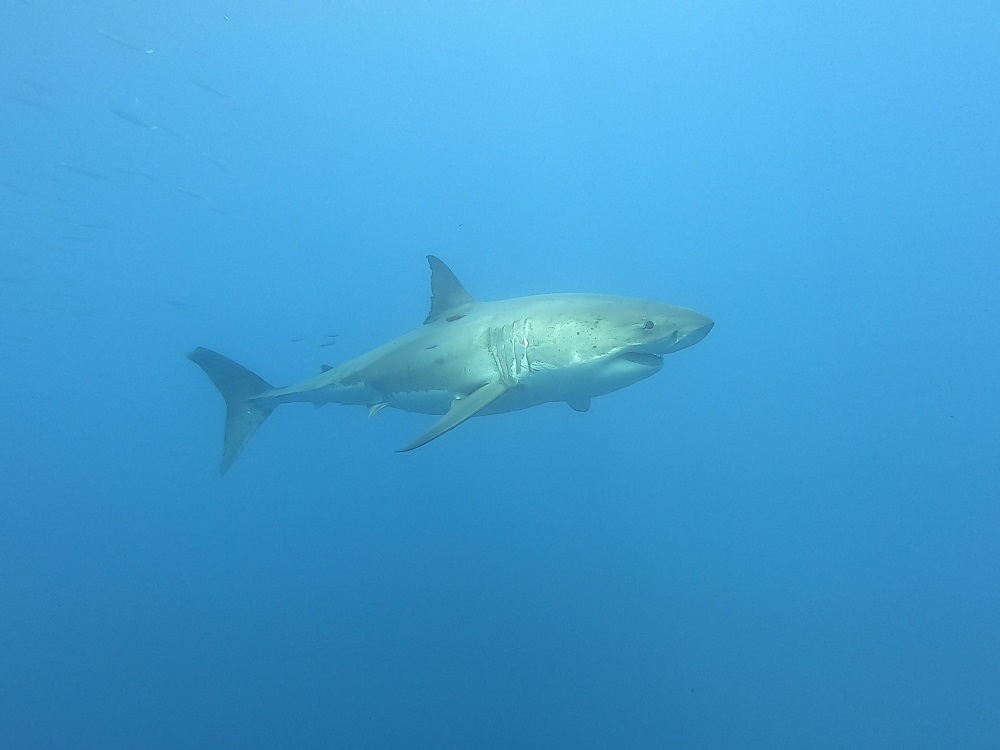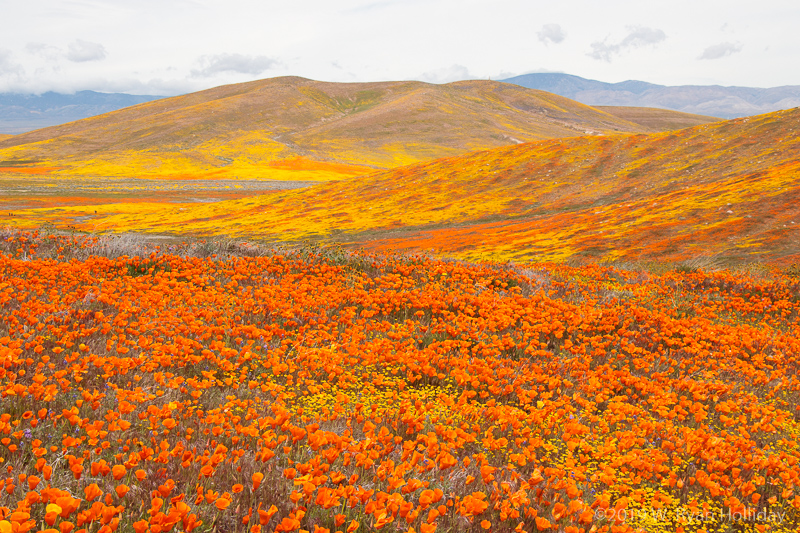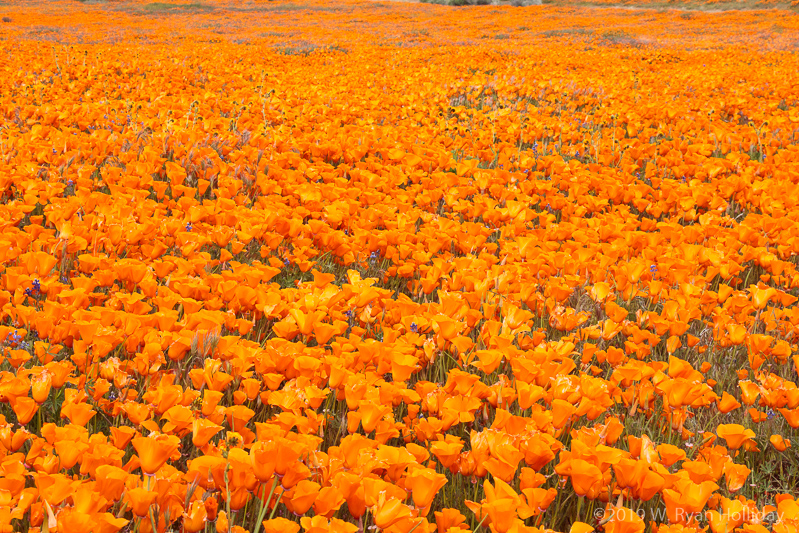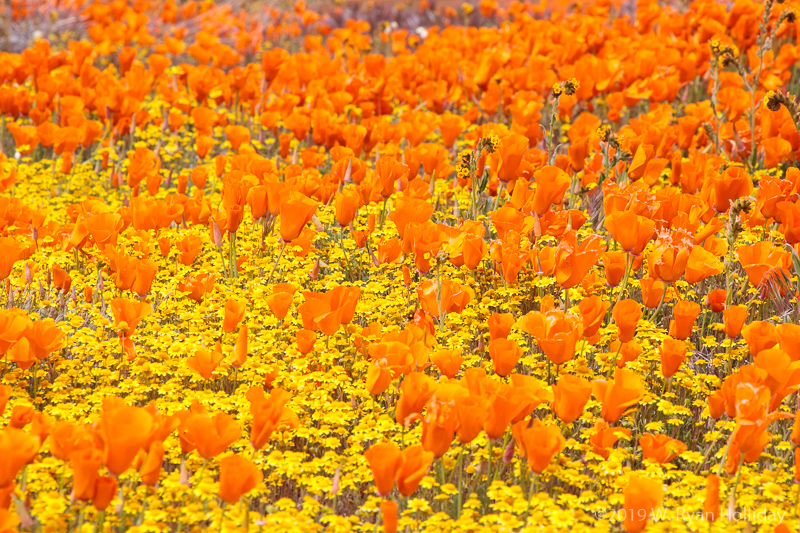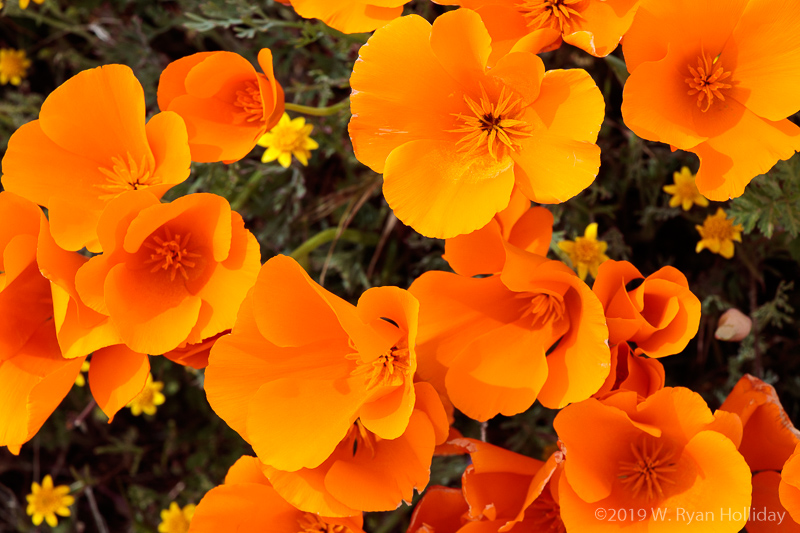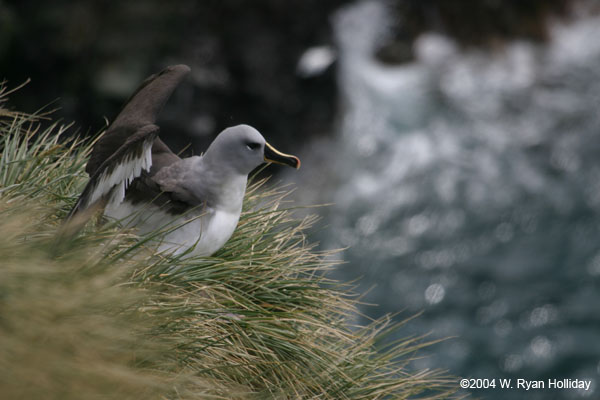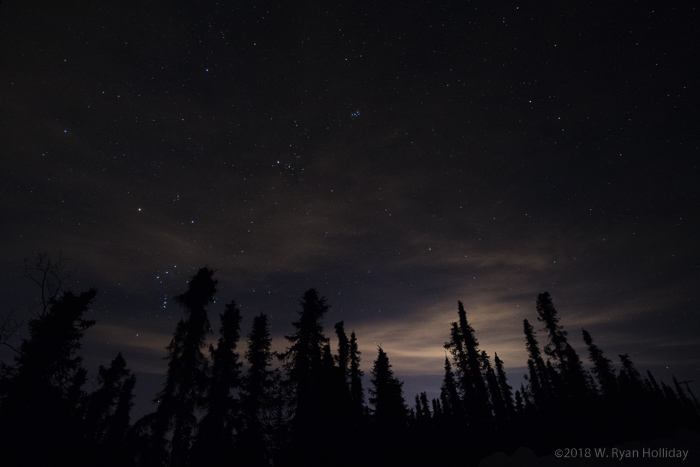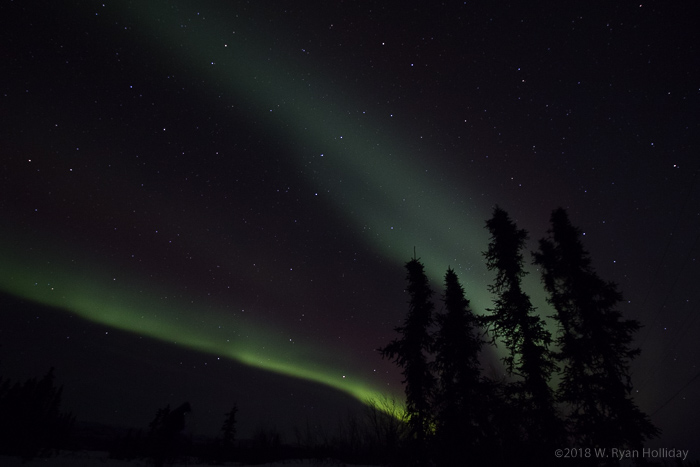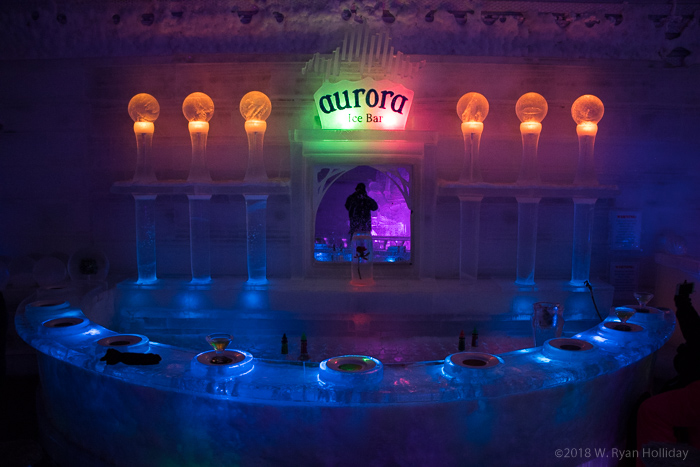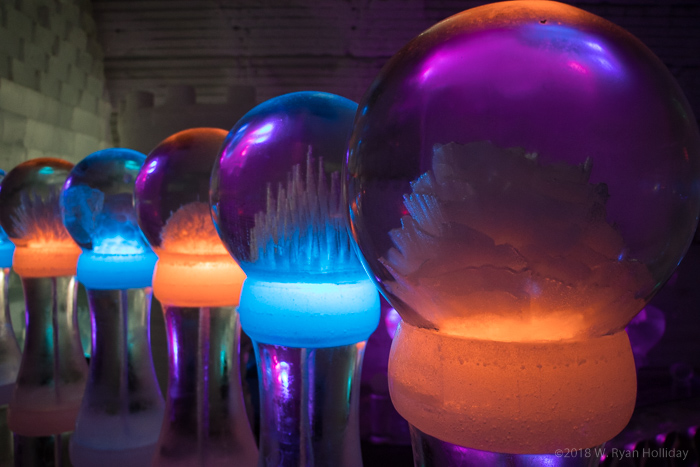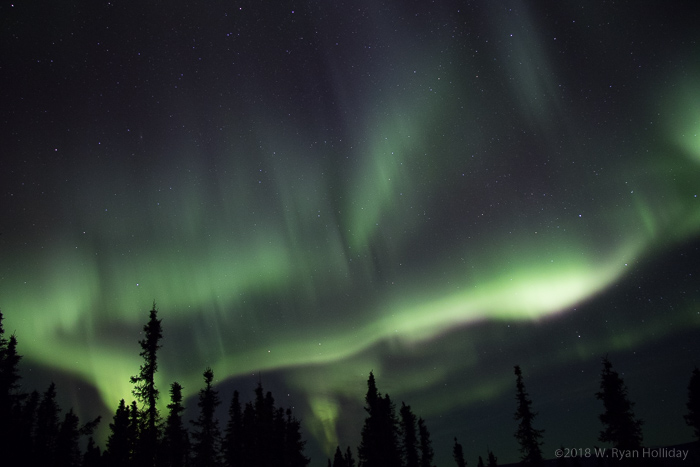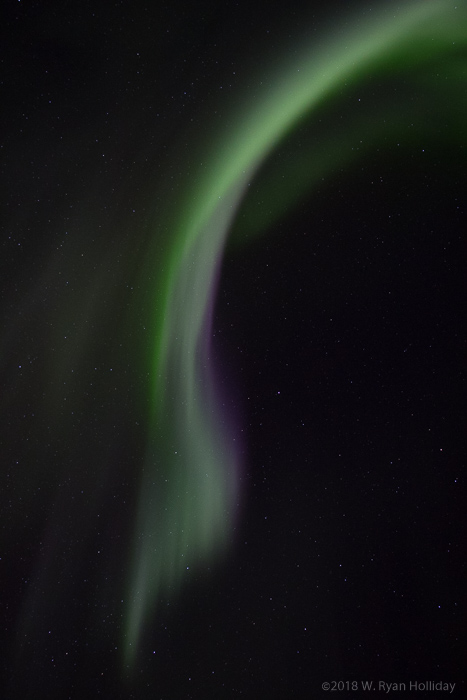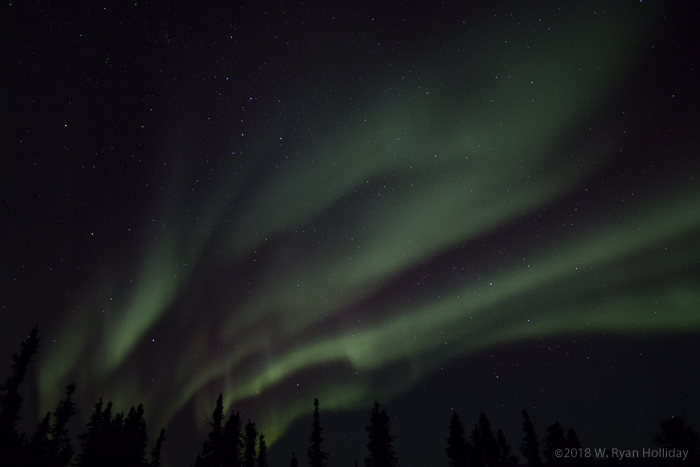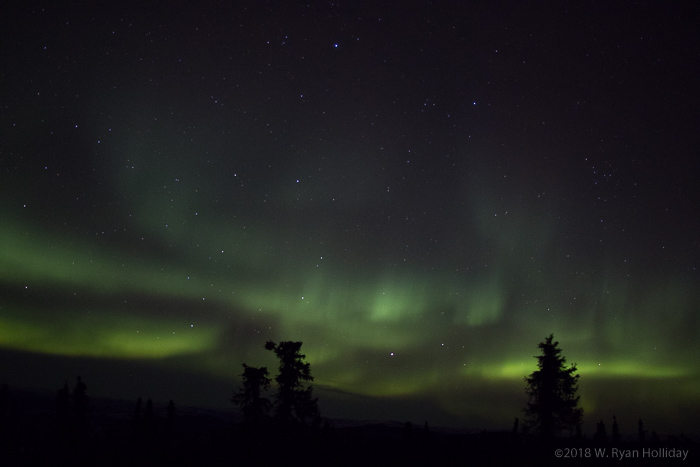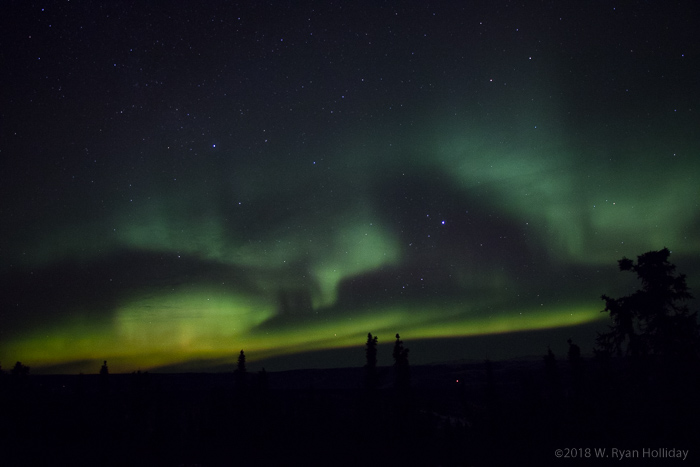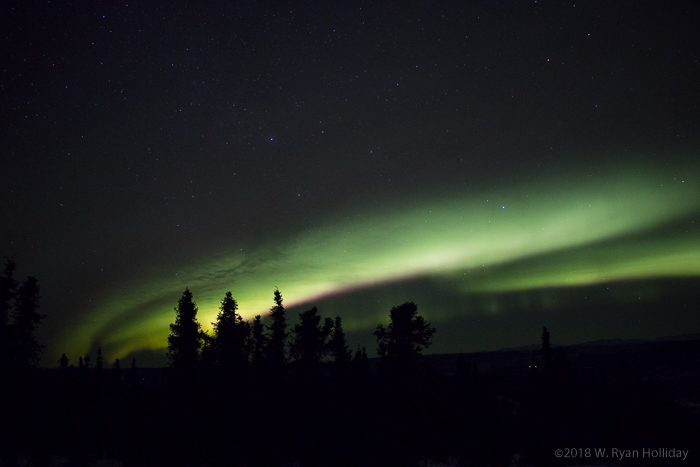This journal entry was written in October but not published until January.
I’ve currently got two weeks of vacation, and it is glorious. Due to coronavirus I didn’t plan anything in particular beyond a visit to see my parents in the Bay Area and a couple of days with my brother at his place up in Truckee. After hiking around Tahoe I said goodbye to younger Holliday yesterday and took random backroads down to a very smoky Yosemite National Park – apparently smoke from all of the fires from the rest of the state is filling the air here. That said, the air doesn’t feel dangerous, so I got in a hike in Tuolumne Meadows yesterday before setting off on a more ambitious journey today. Sadly my number didn’t get picked in the lottery for Half Dome permits, so instead of a death march up one of the world’s greatest (and most tiring) trails I traveled up the first half of the trail before detouring onto a path I’d never taken before towards Glacier Point. Being outside again feels good, the trails were reasonably empty, and I may or may not have spent portions of the hike talking to the squirrels, jays, woodpeckers, junkos, and quail who I met along the way. Sadly, while my workout routine seems to have been sufficient to prepare me for the uphill portions of this journey, whatever muscles are involved in going downhill have atrophied to the point of uselessness, and after a two hour descent of several thousand vertical feet I’m not sure I was able to fully stifle the scream of relief when I finally collapsed into my driver seat at the end of the day. It was a good day, and there’s more to follow tomorrow.
